Home / Albums / Tag Century:1st Millennia BC 17

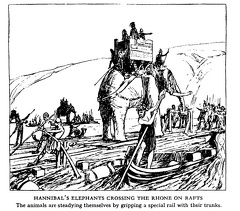 Hannibal's Elephants crossing the Rhone on rafts
Hannibal's Elephants crossing the Rhone on rafts Vespasian
Vespasian Peasants (600 - 146 BC)
Peasants (600 - 146 BC) The Himation, 600-146 B.C.
The Himation, 600-146 B.C. The Kolobus, 400-146 B. C.
The Kolobus, 400-146 B. C. The Doric Chiton
The Doric Chiton The Ionic Chiton
The Ionic Chiton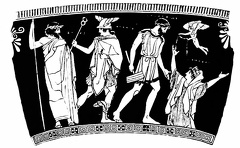 Greek costume of the Classic Period
Greek costume of the Classic Period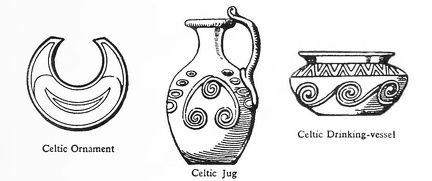 Celtic implements
Celtic implements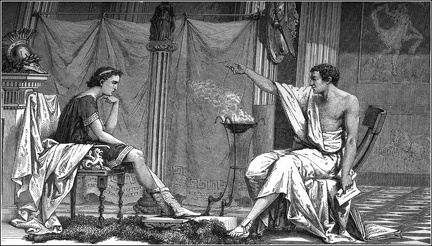 Hippocrates of Cos
Hippocrates of Cos The hieroglyphics describe the dance
The hieroglyphics describe the dance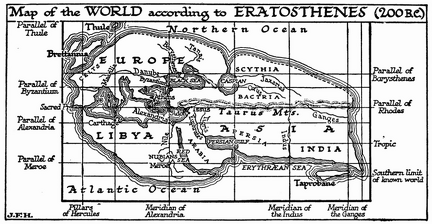 The World According to Eratosthenes, 200 B.C.
The World According to Eratosthenes, 200 B.C.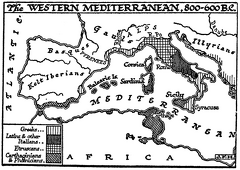 The Western Mediterranean, 800-600 B.C.
The Western Mediterranean, 800-600 B.C. The Known World, about 250 B.C
The Known World, about 250 B.C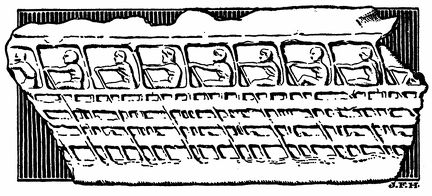 Rowers in an Athenian Warship, 400 B.C.
Rowers in an Athenian Warship, 400 B.C.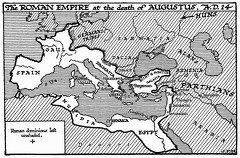 Roman Empire at Death of Augustus
Roman Empire at Death of Augustus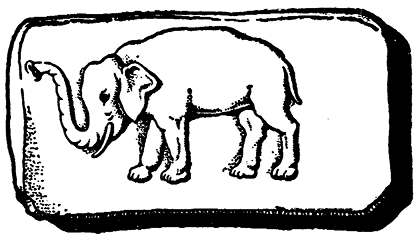 Roman Coin Celebrating the Victory over Pyrrhus
Roman Coin Celebrating the Victory over Pyrrhus



